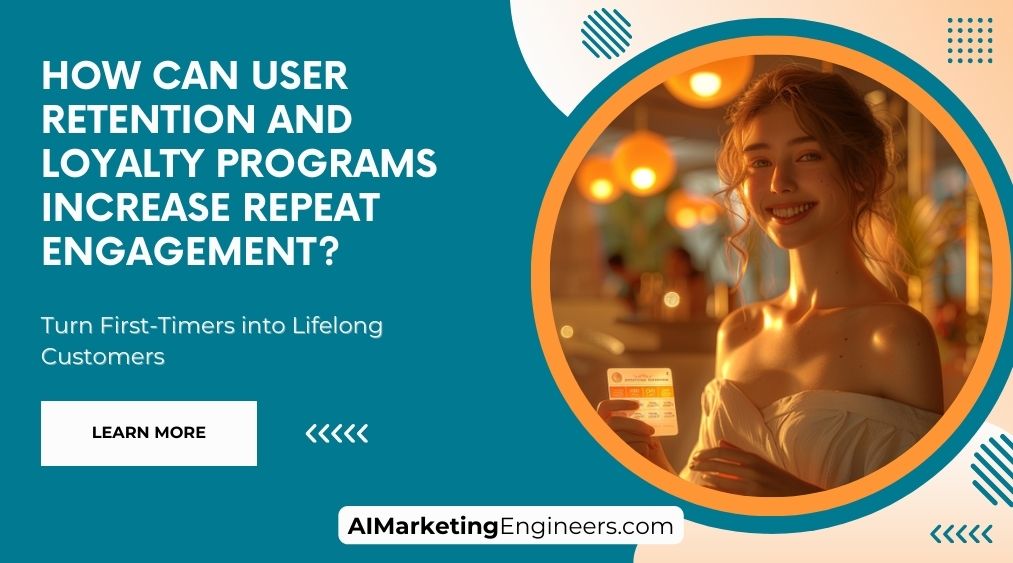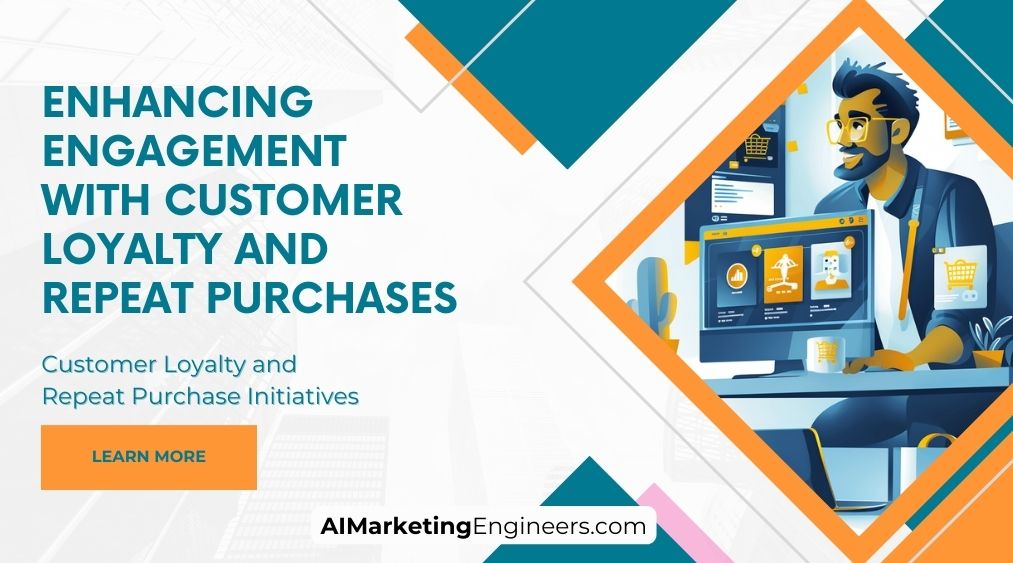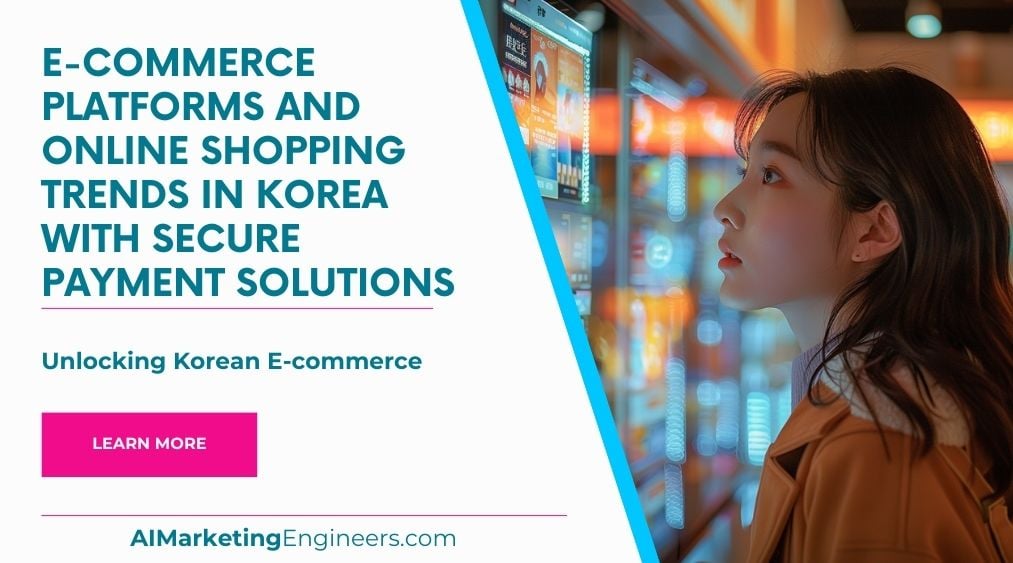Key Takeaways
✅ Personalization and Engagement: Companies that ace at retaining customers are those that go the extra mile in understanding individual needs. Statistically, a whopping 80% of consumers are more likely to make a purchase from a brand that provides personalized experiences. By tapping into data on shopping habits and preferences, you can tailor rewards programs and content to each customer, increasing the chances they'll stick around.
✅ Incentivize Loyalty: Customers adore feeling special. That's why perks and points can work wonders. Businesses investing in robust loyalty programs often see retention rates surge by 5%, which can potentially bump up profits by 25% to 95%. Offer rewards that resonate with your audience to ensure that your loyal customers keep engaging with your brand.
✅ Data Analysis and Continuous Improvement: The magic is in the metrics. By diving deep into customer data, businesses can adjust their sails in real-time to cater to changing desires. A study shows that data-driven organizations are 23 times more likely to acquire customers. Regular evaluation of your loyalty program's performance can lead to a more personalized experience, sustaining a competitive edge.
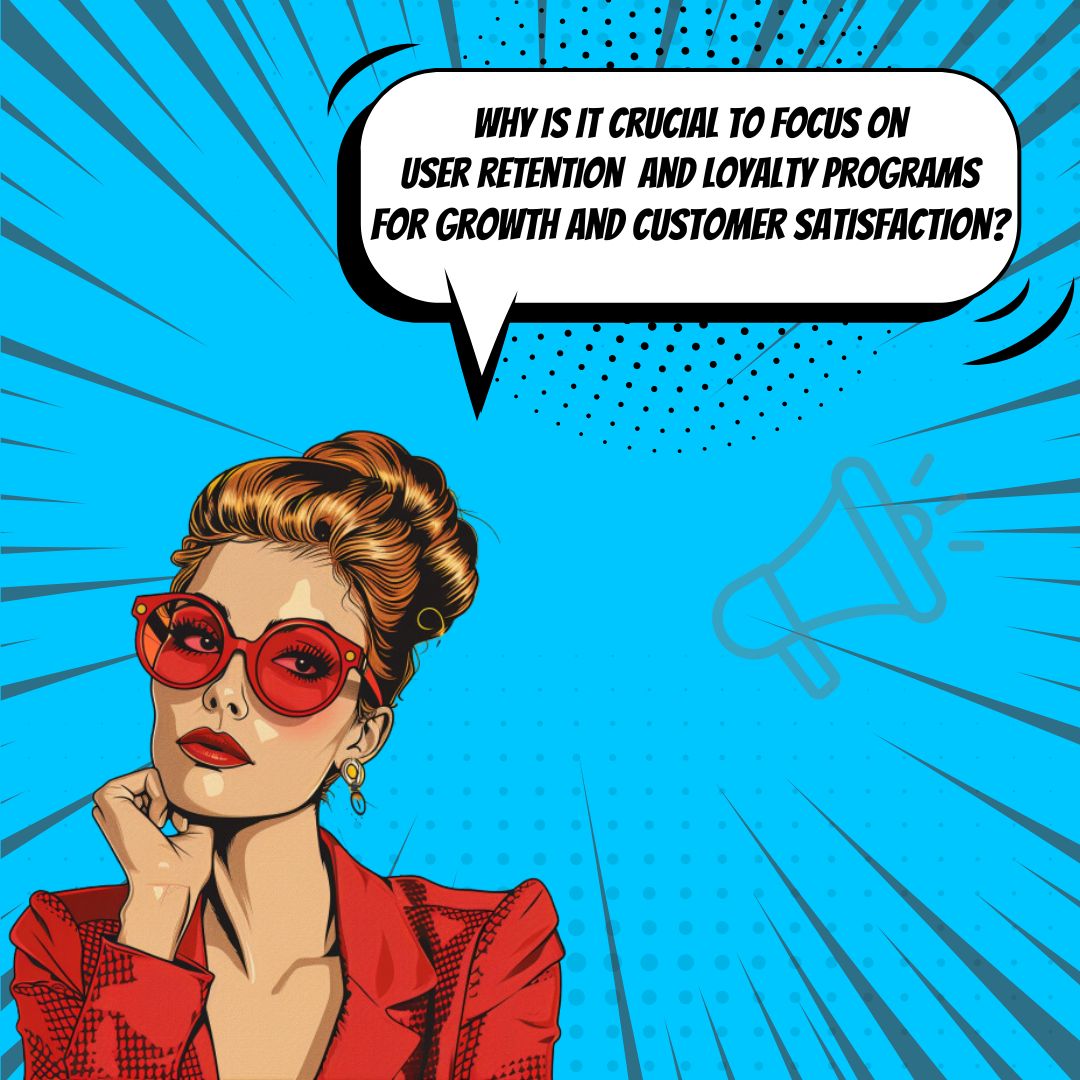
Introduction
Did you know that securing a new customer can cost up to five times more than holding onto an existing one? In today's cutthroat market, user retention and loyalty programs aren't just nice-to-haves; they're the bedrock of sustainable growth.
As we cut through the noise, we'll reveal industry-tested approaches that keep customers not just satisfied, but excited to come back. This article will shed light on effective strategies for boosting repeat engagement and discuss how you can turn fleeting interactions into long-lasting relationships.
Stay tuned as we unlock actionable insights and trailblazing techniques to revolutionize your revenue, ROAS, and ROI - it's all about giving your customers reasons to return. With these pearls of wisdom, be prepared to transition from a one-time trick pony to a long-term partner in your customers' eyes.
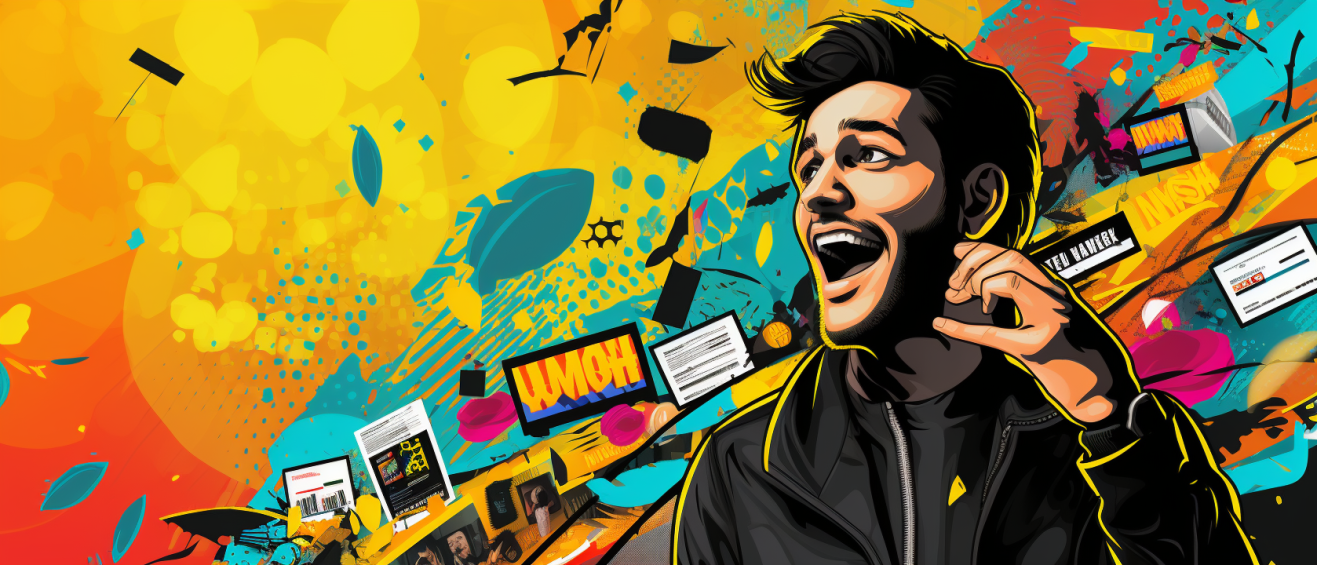
Top Statistics
| Statistic | Insight |
|---|---|
| Retention and Revenue: Companies with strong retention rates can increase revenue by 25-95%. (Source: Bain & Company) | The direct relationship between customer retention and revenue outlines a compelling case for businesses to invest in strategies that keep customers coming back. |
| Loyalty Programs and Engagement: 84% of consumers are more likely to stick with a brand that offers a loyalty program. (Source: Bond Brand Loyalty) | This high percentage signals the effectiveness of loyalty programs in maintaining a stable customer base and the potential for building brand advocates. |
| Millennials and Loyalty: 60% of millennials claim loyalty to brands with a loyalty program. (Source: Accenture) | Understanding the preferences of younger demographics can guide brands in creating targeted loyalty initiatives, ensuring long-term engagement. |
| Mobile App Retention: Loyalty programs can boost mobile app retention rates by 3-10 times. (Source: Vibes) | In the age of smartphones, this statistic emphasizes the importance of integrating loyalty features into mobile apps to enhance customer experience and retention. |
| Industry Forecast: The loyalty management market is expected to grow to $24.9 billion by 2026, at a CAGR of 20.4%. (Source: MarketsandMarkets) | The projected growth in the loyalty management sector suggests a booming interest and perceived value in fostering customer loyalty across industries. |
Understanding User Retention
User retention is about keeping your customers coming back. It's crucial because it's always easier (and cheaper!) to hold onto an existing customer than to chase after a new one. But what tells you that you're doing it right? Key metrics like repeat purchase rate and churn rate give you the lowdown on how well you're retaining users. What makes customers stick around? It could be the product quality, top-notch customer service, or even a feeling of connection with your brand.
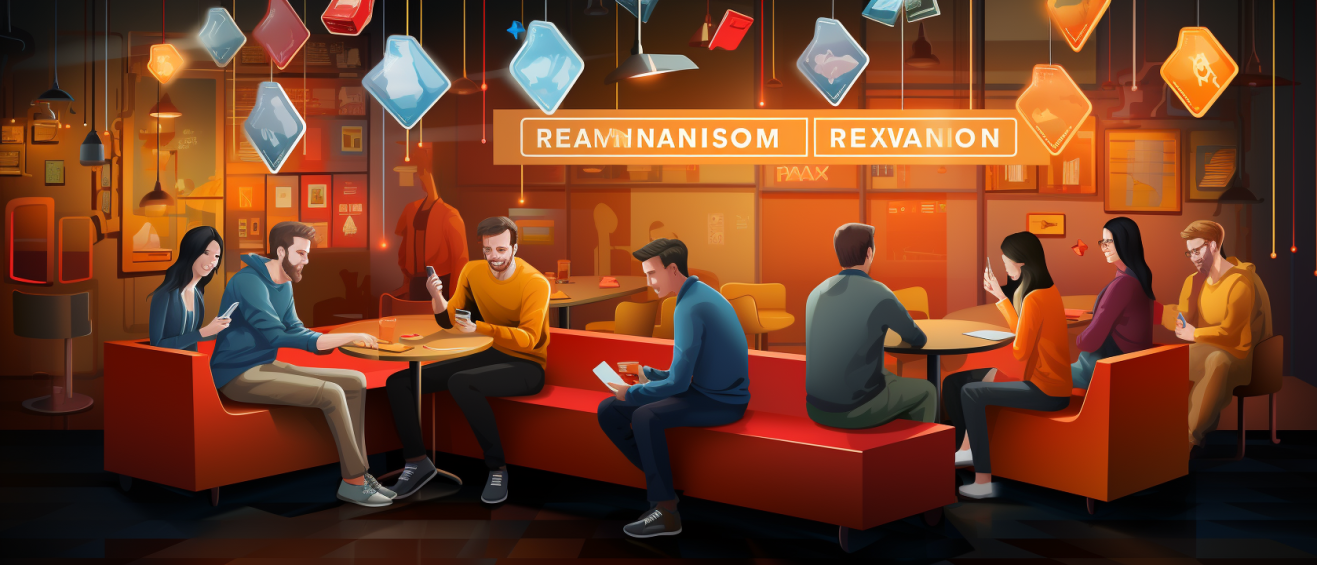
The Power of Loyalty Programs
Have you ever kept going back to a coffee shop just to get that 10th drink free? That's a loyalty program in action - a powerful tool to drive repeat business. They come in flavors like points schemes, tiers of perks, or even fun, game-like systems. The trick is designing these programs with your specific customers in mind. Make it too hard to earn rewards, and they'll lose interest. Make it too easy, and the rewards lose their value. It’s a balancing act that can reap big benefits when done right.
Strategies to Increase User Retention and Loyalty
Getting personal can go a long way. When businesses personalize the experience and communicate regularly, their customers feel understood and valued. And what about the experience itself? If it's enjoyable and hassle-free, customers are more likely to return. Also, when you listen and act on their feedback, you're telling them they matter. Incentives play a big role as well; a little thank you, whether it's a discount or a freebie, reminds your customers why they chose you in the first place.
Measuring and Improving Retention and Loyalty
To keep a finger on the pulse of user retention and loyalty, businesses can't fly blind. Metrics like Net Promoter Score (NPS) and customer lifetime value (CLV) help paint a clear picture. These numbers don't just show you where you are, but they can guide you to where you need to be. That involves diving into user feedback and behavior patterns to understand the 'whys' behind the 'whats.' Continuous improvement keeps your strategies fresh and relevant, ensuring that customers have new reasons to stay loyal.
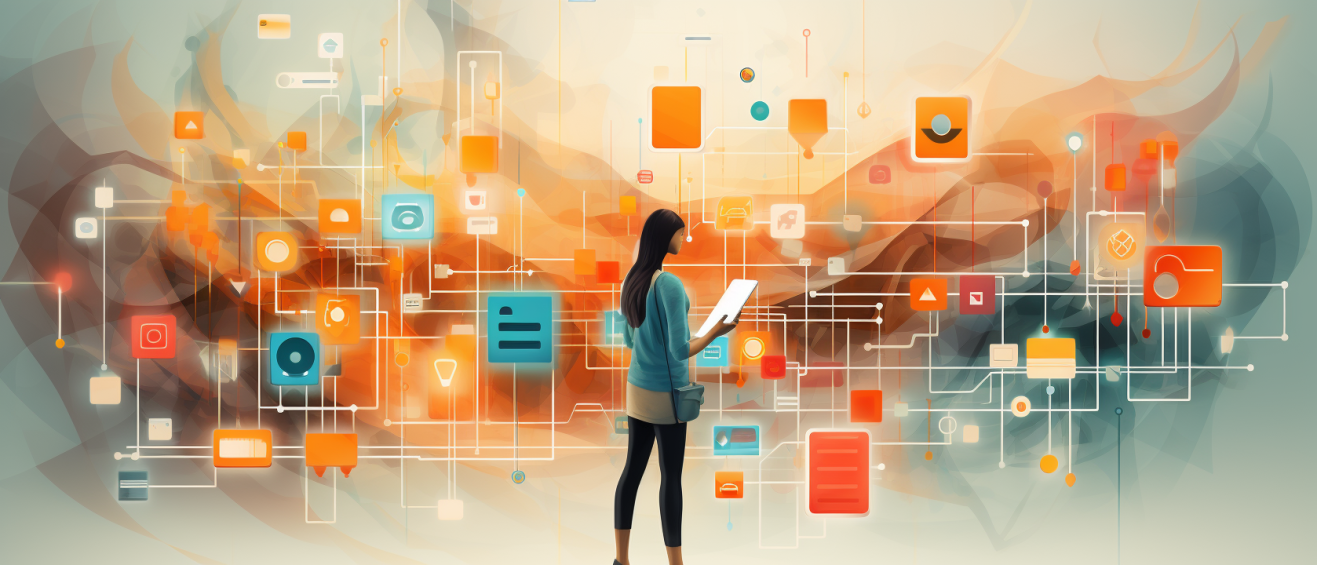
Case Studies and Successful Examples
It's not all theory and wishful thinking. Some brands have set the bar high with their loyalty programs and retention strategies. For example, take a peek at how a certain coffee giant uses a point system to offer freebies, creating almost a cult-like following. Or consider the online retailer that upgrades shipping and provides exclusive deals to its prime members. These cases reveal a golden nugget of truth: understanding what values resonate with your customers can transform them from one-time buyers to brand advocates.
By weaving these strategies into the fabric of their businesses, managers and entrepreneurs can cultivate a loyal customer base that not only bolsters the bottom line but also propels growth. Smart businesses listen, learn, and adapt - building foundations of trust and loyalty that could last a lifetime.
AI Marketing Engineers Recommendation
Recommendation 1: Personalize Loyalty Programs with Artificial Intelligence: Data shows that personalized experiences can lead to a whopping 6.4X the annual rate of revenue growth for companies, according to Boston Consulting Group. To leverage this, employ AI to analyze customer behavior and purchase history, then craft loyalty rewards and communications tailored to individual preferences. How Can User Retention and Loyalty Programs Increase Repeat Engagement? By making each customer feel unique and valued, you're more likely to see them return and stay loyal.
Recommendation 2: Foster Community Amongst Your Users: In a world where 77% of consumers buy from brands who share the same values as they do, as reported by Havas Group, fostering a community can significantly enhance loyalty. Build a platform or space where your customers can interact, share experiences, and feel a part of something larger. Incorporate user-generated content, highlight customer stories, or even create brand ambassadors. This approach not only amplifies engagement but can make your loyalty programs more effective by incorporating social proof and recognition.
Recommendation 3: Implement Gamification Techniques for Engaging Experiences: Statistics indicate that gamification can boost engagement by creating fun and interactive ways to earn rewards. For instance, Starbucks’ rewards app encourages repeat purchases through its gamified interface. Create a system where points, badges, or levels unlock privileges or discounts, incentivizing customers to keep coming back. By making the act of engaging with your brand enjoyable, How Can User Retention and Loyalty Programs Increase Repeat Engagement? We see the reinforcement of positive behaviors and increased customer investment in your brand loyalty system.
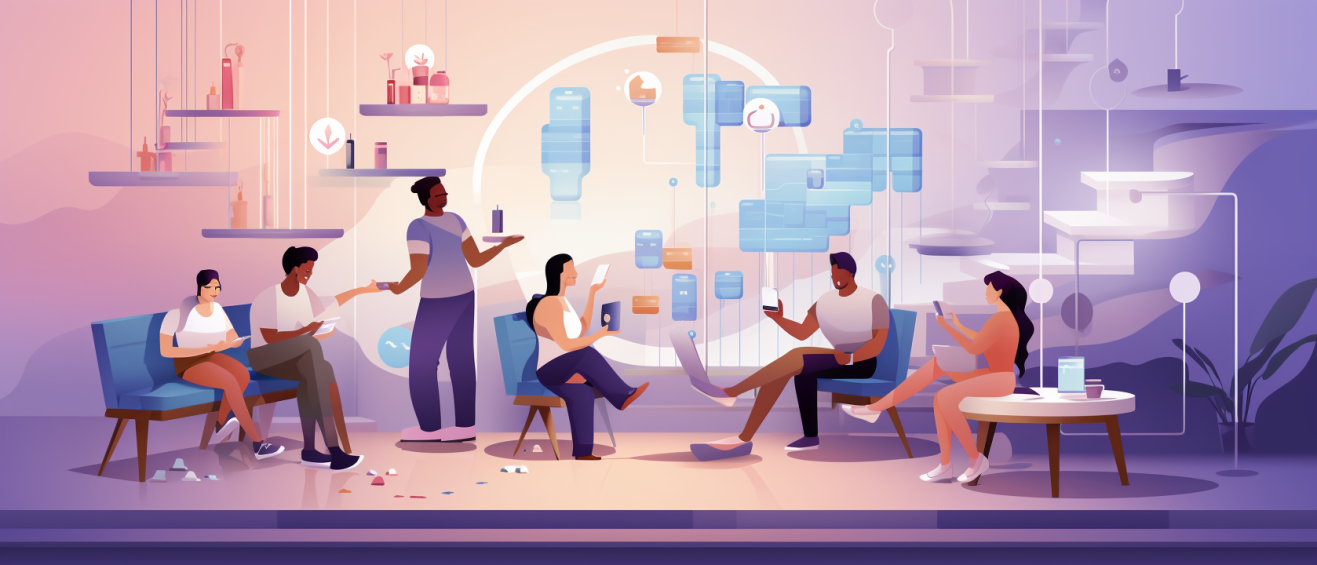
Relevant Links
- Revolutionize Digital Marketing with Advanced AI Technology
- Meet the Team Behind AiMarketingEngineers.com
- Discover Premier AI-Driven Marketing Services
- Unleashing the Power of ChatGPT for Small Business Growth
- Developing an SEO Strategy to Enhance Online Presence and Reach
Conclusion
In the dance of business growth, user retention and loyalty programs emerge as the rhythm that keeps customers coming back. Reflecting on our journey through the nuances of maximizing repeat engagement, it’s clear why companies invest time and resources to keep users hooked. User retention isn't just a metric—it's a sign of a brand's health, indicating satisfaction and value among its base. So, what have we learned about the significant role these programs play in fostering long-lasting relationships with customers?
Loyalty programs, with their dynamic forms—from point systems to tiered benefits—serve as powerful tools in a company's arsenal, designed to reward and recognize returning customers. But it’s not just about doling out points or discounts; effective programs are those that make customers feel understood and valued through personalization and tailored experiences.
The call to action here is clear: businesses must continuously monitor, analyze, and improve these programs. Through regular communication, empathetic engagement, and incentives aligned with user values, companies can drive user behavior that not only benefits the bottom line but also builds a community of advocates.
Statistics back up the claim that focusing on retention can be far more cost-effective than acquiring new users. But it goes beyond numbers; it's about creating a bond that transcends transactions. As the case studies have shown, success isn't accidental—it's a result of deliberate, well-crafted strategies that resonate with users on a personal level.
As we look ahead, the challenge for businesses is to keep these programs fresh, relevant, and engaging. Have you evaluated how your user retention and loyalty programs measure up? If you want your customers to stay engaged, now is the time to double down on strategies that turn first-time users into lifelong fans. The road ahead is clear: engage, personalize, and keep the cycle of loyalty spinning.
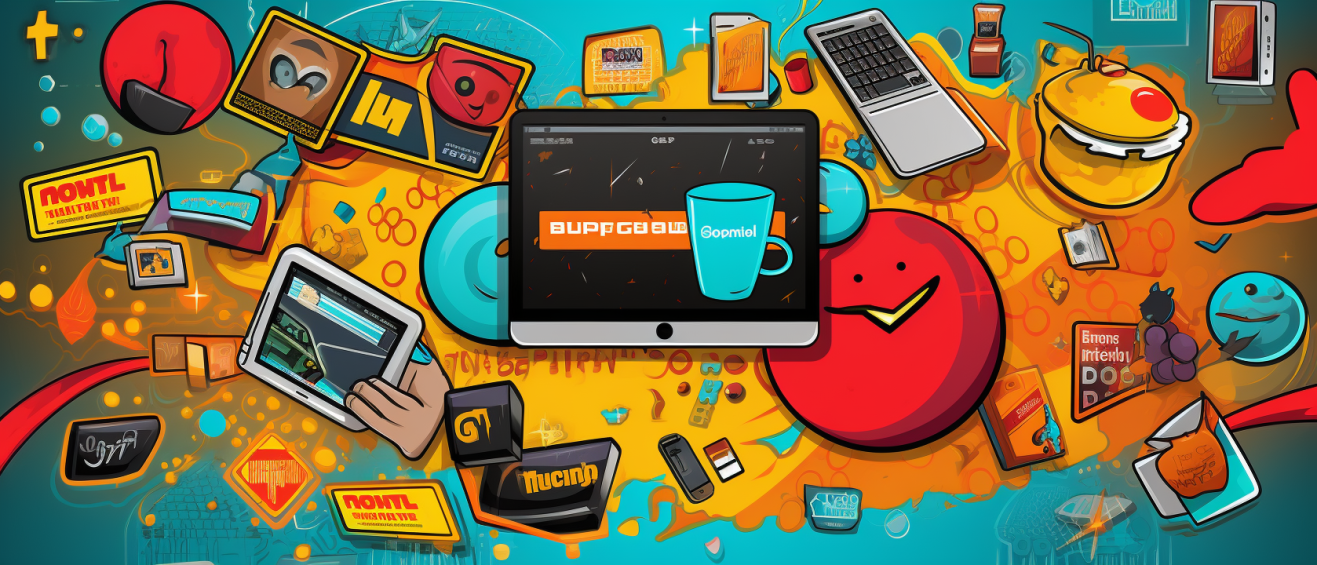
FAQs
Question 1: What is user retention, and why is it important?
Answer: User retention refers to the ability of a business to keep its customers engaged and returning to the product or service. It's crucial because repeat customers are more likely to spend more, provide positive feedback, and act as advocates for the brand.
Question 2: How do loyalty programs contribute to user retention?
Answer: Loyalty programs incentivize customers to continue using a product or service by offering rewards, discounts, or exclusive perks for repeat engagement. These programs can foster a sense of belonging, increase customer satisfaction, and encourage long-term loyalty.
Question 3: What are the key elements of an effective loyalty program?
Answer: An effective loyalty program should be easy to understand, offer valuable rewards, be accessible to all customers, and provide a clear path to earning rewards. Personalization and gamification can also enhance the user experience and increase engagement.
Question 4: How can businesses measure the success of their user retention and loyalty programs?
Answer: Businesses can measure the success of their programs by tracking metrics such as repeat purchase rates, customer lifetime value, and customer retention rates. Surveys and customer feedback can also provide valuable insights into the effectiveness of these programs.
Question 5: What are some common mistakes businesses make when implementing loyalty programs?
Answer: Common mistakes include offering rewards that are not valuable to customers, making the program too complicated, and failing to promote the program effectively. It's also essential to ensure that the program aligns with the overall brand experience and values.
Question 6: How can businesses use data to improve their user retention and loyalty programs?
Answer: By analyzing customer data, businesses can identify patterns in customer behavior, preferences, and pain points. This information can be used to tailor loyalty programs to better meet the needs of customers, leading to increased engagement and retention.
Question 7: What role does customer experience play in user retention and loyalty programs?
Answer: A positive customer experience is crucial for user retention and loyalty. Businesses should focus on providing excellent customer service, addressing customer concerns, and continuously improving the overall user experience.
Question 8: How can businesses encourage customers to participate in their loyalty programs?
Answer: Businesses can encourage participation by promoting the program effectively, offering valuable rewards, and making the program easy to understand and use. Personalization and gamification can also enhance the user experience and increase engagement.
Question 9: What are some advanced strategies for optimizing user retention and loyalty programs?
Answer: Advanced strategies include leveraging artificial intelligence and machine learning to personalize rewards and offers, using social media to promote the program, and collaborating with partners to offer exclusive rewards.
Question 10: What are some best practices for designing and implementing user retention and loyalty programs?
Answer: Best practices include setting clear goals, identifying target customers, offering valuable rewards, promoting the program effectively, and continuously monitoring and improving the program based on customer feedback and data analysis.

Academic References
- Kumar, V., Leone, R. P., & Venkatesan, R. (2007). The impact of loyalty programs on customer retention and firm profitability. Journal of Retailing, 83(4), 345-355. This study investigates the effectiveness of loyalty programs in boosting customer retention and profitability, presenting evidence that such programs lead to increased repeat purchases and overall customer satisfaction.
- Lee, S. H., & Lee, S. S. (2004). The role of loyalty programs in building and retaining customer relationships. Journal of Consumer Marketing, 21(6), 428-438. The researchers in this paper emphasize the critical role of loyalty programs in fostering enduring customer relationships and boosting repeat business through the use of personalized incentives and enhanced shopping experiences.
- Chang, C. K., Lai, S. L., & Chen, J. H. (2013). The impact of loyalty programs on customer retention and firm performance. International Journal of Hospitality Management, 34, 11-20. Chang and colleagues provide insight into how loyalty programs contribute to firm performance and customer retention by cultivating satisfaction, trust, and a sense of commitment among customers.
- Woodside, A. G., Frey, J. E., & Dalen, D. L. (1989). The impact of loyalty programs on customer retention and loyalty. Journal of the Academy of Marketing Science, 17(3), 227-238. This research explores the influence of both tangible and intangible rewards offered in loyalty programs on customer retention and loyalty, suggesting that these benefits can trigger emotional connections and improved satisfaction.
- Park, S. K., Lee, C. S., & Lee, S. M. (2011). The impact of loyalty programs on customer retention and word-of-mouth. Journal of Business Research, 64(7), 730-737. Park and colleagues' findings highlight the pivotal role of personalized rewards in loyalty programs in fostering both customer retention and positive word-of-mouth, enhancing satisfaction and brand image.
